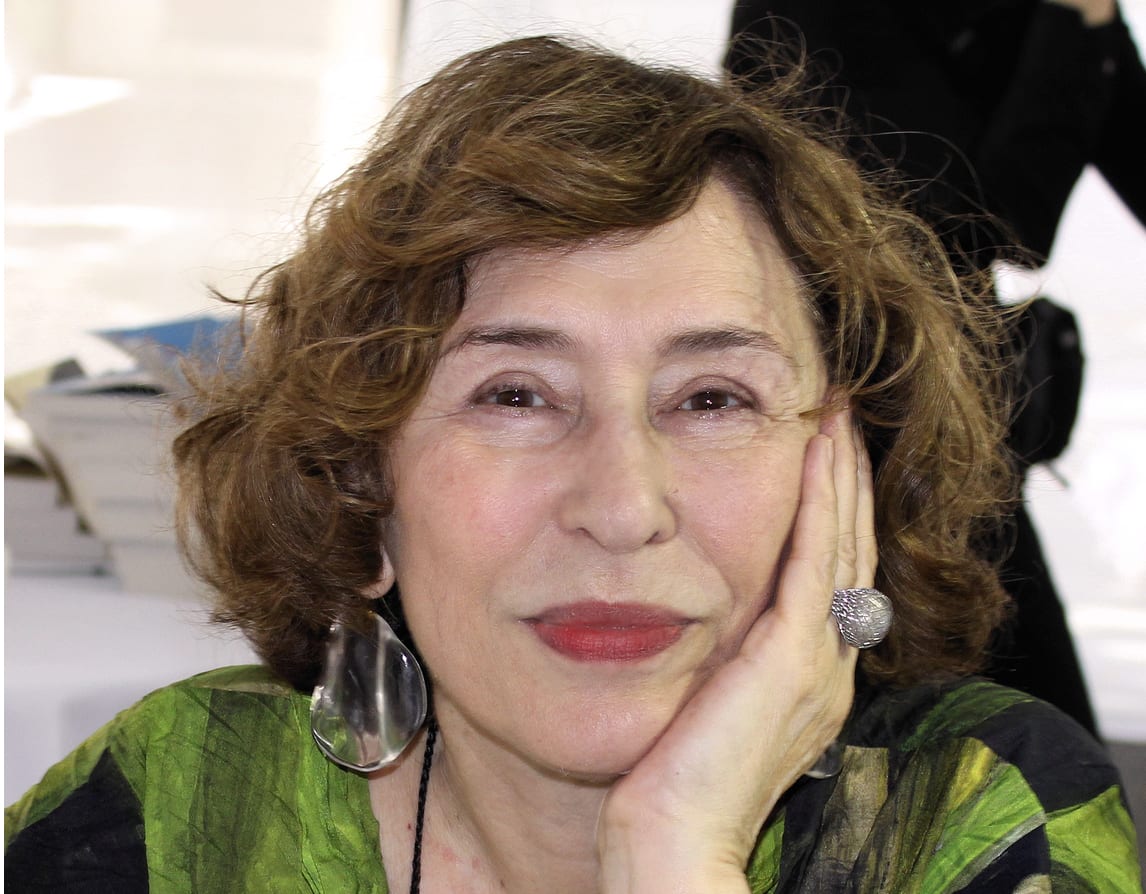The Middle East has always been in a constant state of chaos. Those who live in this part of the world and choose to tell their story, are a source of inspiration to me. Within this chaos, there was a small gathering in the 90s where physical violence from the 1979 Iranian Revolution didn’t exist. This gathering was a secret book club.
This story came to be eternally captured in Iranian American author Azar Nafisi’s 2003 memoir, Reading Lolita in Tehran, a New York Times best-seller and a finalist of the PEN / Martha Albrand Award for Memoir. It is also translated into thirty-two languages.
Why a book club?
Her book club, formed by seven of her female students, was created as a birthplace and a safe haven for human rights inside the oppressive Islamic regime. It was also necessary for survival, not just for their existence but of their identities as women.
In her long-spanning career as an academic Nafisi conducted workshops for women in Iran to draw attention to the relationship between culture, literature and human rights. She returned to the United States in 1997, where she was lauded with national respect for her continuously brave solidarity with Iranian intellectuals, youth and especially young women. Policymakers and human rights organisations have consulted her on issues relating to Iran and human rights. And was awarded the 2011 Cristóbal Gabbarrón Foundational International Thought and Humanities Award for her “courageous defence of human values in Iran and her efforts to create awareness through literature about the situation women face in Islamic society.”
These prestigious accolades, it seems, might have only blossomed from the seeds of her work in this secret book club. Its secrecy wasn’t just to keep unwanted guests out or hide the sheer illegality of it. But, a place where women, intellectually invested in literature, could come together to be free; it was a place where ideas weren’t vulnerable to male suppression. She created a place where women felt liberated.
Exposing the regime through books
Nafisi talked about a selection of novels in the memoir and used them as lenses to show the reader the Islamic regime’s arbitrary rules against women. Her writer’s voice is to be admired for its originality. She offers analogies from classic texts, such as works from Vladimir Nabokov, to give us an understanding of the realities of Iranian women under the regime.
In the memoir, she documents their collective exploration in literary criticism with no fear of clerical punishment for simply speaking their mind. The purpose of the class was to read, keep a private diary, and discuss how the novels related to the then socio-political climate.
The dangers of being reclusive
Because of her resignation from the University of Tehran (she was removed from the university in 1981 after an objection against the oppressive rule of the mandatory veil), she had no other channel to the outer world. A friend forewarned her of the dangers of this reclusiveness. Your university ties are cut; your contact with the outside world will be narrowed to one room, with the students, he protested. She, too, pondered that retreating into one’s passions was dangerous. Yet, the secret club offered more than critical thinking practice: It was a ticket to “boundless freedom when all options are taken away.”
If you were a woman in Iran at that time, options seemed to be certainly ‘taken’. The government enforced rules on women’s clothing in public. The authorities would force women to cover themselves with a chador or a long robe and scarf, for respectability. Or, as Nafisi puts it, to protect men by not luring them with the hollowed collar bone or a strand of brown hair, into any sexual trance that led to harassment. If you disobeyed these rules and, were caught by the Toyota-patrolling morality squads, it was punishable by fines, seventy-six lashes and imprisonment. The identity of the free-spirited and expressive woman was absent outside, but within Nafisi’s home, they exist.
The sanctuary of Nafisi’s home
The clerics had no dictate in her home. She encouraged her students to shed the uniform blackness of their chadors and headscarves. Soon, her home was embellished with the women’s personal clothing of bright colour, differing lengths of hair that separated them from each other. And the freedom from clerical authorities even changed their facial expressions – laughing became uninhibited and encouraged, ringing out in harmony with others. Islamic law preventing women from engaging in humour had no jurisdiction there.
Happiness and Hope seemed like words that were hard to own during the Revolution. But, on Nafisi’s part, it is admirable to still muster the energy to carve out a space in Iran’s atmosphere of “perpetual dread”, as she quotes Nabokov. Students were supported to voice their ideas in a world that they loved – literature. She was a compassionate and attentive listener, putting the penetrative questions forward so that her students could learn how to think, not what, the opposite of the indoctrination of the regime.
A simple act can go a long way. In her house, away from the reproachful gaze of the clerics, she gave her students’ womanhood. The inspiration is letting someone’s unhindered identity manifest in their own way. It’s a growth that is a beautiful thing to witness.
Words by Anthony Cheng
